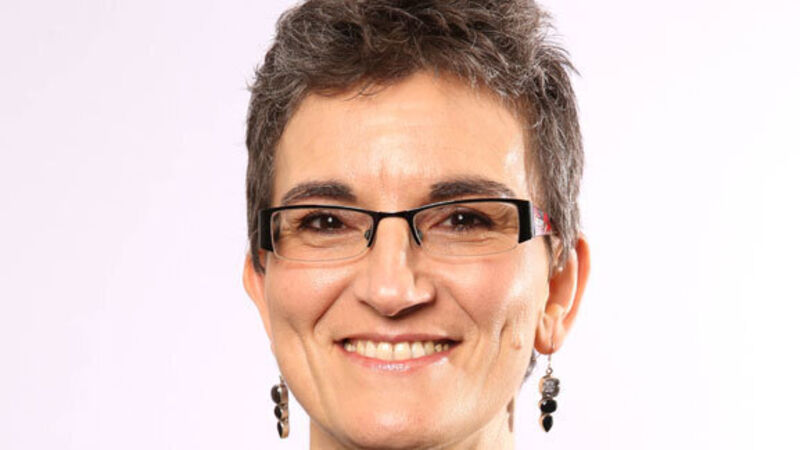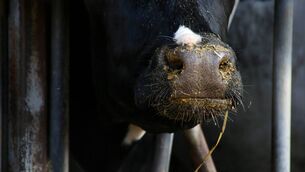Tax, finance measures key to easing farm income woes

In their submissions to the EU Council of Ministers meeting, some were looking for mandatory, EU-wide measures, as they felt that the countries which should reduce output are those that have expanded (including Ireland).
The French government had put forward a detailed submission which proposed either mandatory or voluntary approaches based on Article 222.
However, with the decision to abolish milk quotas made in 2003, and reaffirmed in 2008, EU-wide mandatory measures could be politically and even legally problematic.
Focusing on Article 222 measures was, therefore, the compromise that was accepted by the EU’s Agriculture Council.
EU Regulation 1308/2013 of the CAP legislation deals with market supports and management — the Common Market Organisation (CMO).
Article 222 of the CMO provides that, when markets for an agricultural product are severely imbalanced, and the EU has already used public intervention or private storage, the EU Commission may permit some derogation from competition rules to allow producer organisations and their associations agree measures to reduce output voluntarily to help stabilise the sector.
For the EU Commission to allow the use of the article, any measure must be temporary, for an initial six-month period, renewable once with Commission permission, and is subject to being found ‘not to undermine the proper functioning of the internal market’ i.e. subject to approval by DG Competition.
This was formally proposed by the French government at the last EU Agriculture Council on March 14, and agreed.
It is easy to understand how one might influence prices by simply reducing supplies on a completely closed market. However, the European Union market for dairy products is not immune to global geopolitical, economic and demand events, especially for those countries, like Ireland, which export ingredients and commodities.
But domestic consumer markets are affected too: EU retailers regularly use GDT results and global trends for leverage in their negotiations with local dairy suppliers.
So, if the EU’s response to the current crisis is to shrink EU supplies, a number of issues arise.
Competitors in other countries — the US, New Zealand, Australia, Argentina, Brazil, India, etc — are not bound by EU decisions, and can equally over produce and cause price pressures EU producers will not be protected from.
Also, when markets recover, dairy companies in these countries can and will take market share from EU exporters.
In a cyclical market, reducing EU output with every crisis could only destroy the EU’s competitive, commercial export oriented dairy sector. What of demand factors? Will a shrinking EU dairy sector ever be protected from global trends as trade barriers fall? Last but not least — what of EU farmers who have invested in the legal certainty of the end of quotas to grow their enterprises and supply a long term growing global demand?
As unilateral EU production restrictions won’t work in a global market, the next EU dairy policy debate may well be whether the voluntary measures should become mandatory. Mandatory measures would not work any better while we are exposed to global markets, but they would be incredibly retrograde and damaging for the competitiveness of the EU dairy sector, especially the Irish sector.
For the dairy sector to be sustainable in its expansion project, farmers need to make a viable income year-in, year-out. Global demand for dairy will continue to rise, so despite the current slump, the long-term outlook remains positive. However, the market growth will not be linear and the prices will be volatile.
At present, too much of the increasing market risk falls back to farmers. They need to secure their share in the chain, with access to more tools to combat the effects of volatility.
Taxation options to manage volatile incomes, flexible, well-priced short and long-term finance, hedging, fixed price / margin contracts, margin insurance systems, etc — this is what national stakeholders and EU politicians must focus on facilitating.












